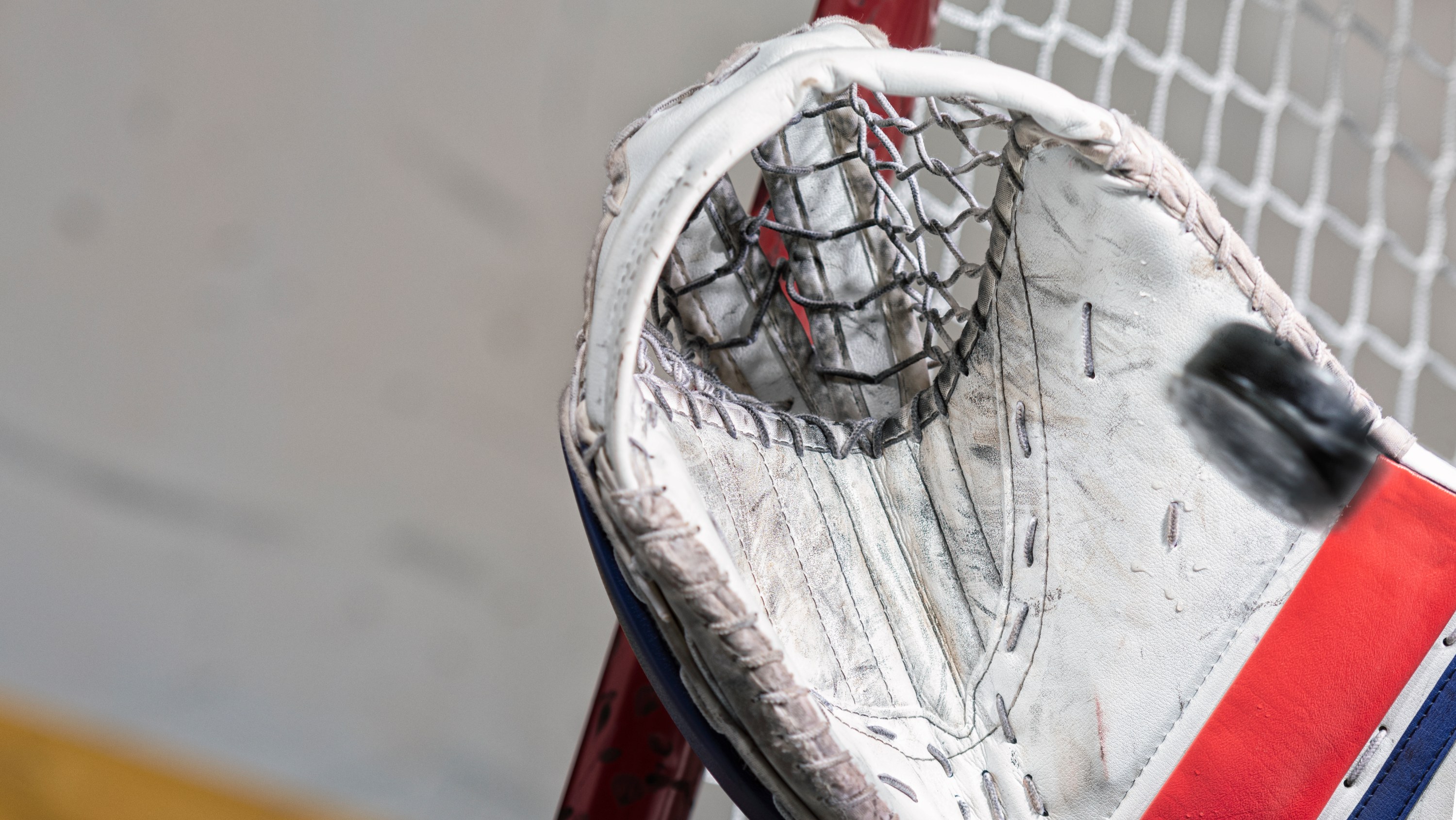The good news is that — statistically speaking — there is reason to believe Edmonton Oilers goalie Stuart Skinner will improve against the Florida Panthers in the Stanley Cup final.
The bad news is it may not be enough to make a difference.
That’s according to a new study, “Do NHL goalies get hot in the playoffs?” by Likang Ding, a doctoral student studying operations and information systems in the Alberta School of Business.
Ding’s statistical analysis — in the final stage of review for publication — runs counter to the long-held and prevailing “hot hand” theory that if a goalie is performing well, he’ll continue to perform as well or better as pressure intensifies.
The term “hot hand” derives from basketball, where it is believed a shooter is more likely to score if their previous attempts were successful.
“Our main finding is the nonexistence of the hot-hand phenomenon (for hockey goaltenders),” says Ding. “That is, no positive influence of recent save performance on the save probability for the next shot.”
Instead, Ding and co-authors Ivor Cribben, Armann Ingolfsson and Monica Tran found that, by a small margin, “better past performance may result in a worse future performance.”
That could mean Panthers goaltender Sergei Bobrovsky is due for a slight slump, given his relatively hot streak of late. But according to Ding, that decline may amount to no more than about one per cent — certainly nothing to count on.
The reverse is also true, says Ding. If a goalie is underperforming, as Skinner has on occasion during the playoffs, statistics would forecast a slight uptick in his save percentage.
The explanation in that case might be the “motivation effect”; when a goaltender’s recent save performance has been below his average, his effort and focus increase, “causing the next-shot save probability to be higher.”
Here Ding quotes Hall of Fame goaltender Ken Dryden, who once said, “If a shot beats you, make sure you stop the next one, even if it is harder to stop than the one before.”
Though it wasn’t part of his current study, Ding says he reviewed Skinner’s stats before the finals and found a worse-than-average performance, “so I’m hoping he will come back eventually.”
Ding wanted to take a closer look at the hot hand theory because it is crucial in understanding coaches’ decisions about which goaltender to start in a given game. It could mean the second goalie deserves a chance to enter the fray, get used to the pace and stay fresh, even if it might seem risky.
Ding’s data set includes information about all shots on goal in the NHL playoffs from 2008 to 2016, amounting to 48,431 shots faced by 93 goaltenders over 795 games and nine playoff seasons.
The hot hand theory has been around for at least as long as professional sports and is often applied to a range of human endeavour to support the notion that “success breeds success” — an appealing, almost intuitive assumption.
A series of studies in the 1980s focused on basketball shooting percentages claimed there was no statistical evidence to support the theory, says Ding, attributing it instead to a psychological tendency to see patterns in random data.
Nobel Prize-winning cognitive scientist Daniel Kahneman called the phenomenon “a massive and widespread cognitive illusion” in 2012. But later studies in 2018 found evidence for the hot hand in basketball and baseball, so it remains controversial. Ding’s research is one more contribution to the ongoing debate.
